BIOL 191 Lab - Bacteria and Protists
1/58
There's no tags or description
Looks like no tags are added yet.
Name | Mastery | Learn | Test | Matching | Spaced |
|---|
No study sessions yet.
59 Terms
what is a saprotroph?
organism that feeds on dead and decaying organic matter
what is a chemolithoautotroph?
organism that gets energy by oxidizing inorganic compounds
what is a photoautotroph?
organism that uses sunlight as their energy source to produce food
what is a photoheterotroph?
organism that uses light as a source of energy and organic compounds as a source of carbon
what is a chemoheterotroph?
organism that sources energy and carbon from organic compounds
what are the major differences between a bacterial and eukaryotic cell?
bacterial cells lack a nucleus, and eukaryotic cells have a nucleus; bacterial cells have no membrane bound organelles, eukaryotic cells are much larger, bacterial cells have a single circular chromosome
why are bacteria gram stained?
the test identifies harmful bacteria and identifies the type
how does a gram stain work?
by differentiating bacteria based on their cell wall structure, where bacteria with thick peptidoglycan layers (Gram-positive) retain a purple stain, while bacteria with thin peptidoglycan layers (Gram-negative) lose the stain and appear pink or red after a decolorizing step
what makes a cell gram positive/negative?
how much peptidoglycan they have, and how much is exposed
what color is a gram-negative test?
pink
what color is a gram postive test?
purple
what is the bacilli bacterial shape?
rod-shaped
what is the cocci bacterial shape?
spherically shaped
what is the spirilla bacterial shape?
spiral-shaped
does cell shape correlate with gram stain?
cell shape itself does not directly correlate with the Gram stain reaction; the key factor determining Gram stain result is the structure of the bacterial cell wall, not its shape
how do you make a wet mount?
place a small sample of your specimen on a clean microscope slide, add a single drop of water or a suitable liquid to the sample, and then carefully lower a coverslip over the droplet, ensuring minimal air bubbles are trapped
what are the three broad groups of protists?
algae (plant-like), protozoa (animal-like), and slime molds (fungi-like)
what are the three structural arrangements of protists?
unicellular, filamentous (cells strung together), and colonial (in a group)
what are the three sexual reproductive strategies?
isomagous, heterogamous, oogamous
what does isogamous mean in protists?
male and female gametes are identical in size and motility
what does heterogamous mean in protists?
male and female are both motile but female is larger than male
what does oogamous mean in protists?
female gamete is larger and non-motile, male gamete smaller and motile
what shape is Bacillus megaterium?
bacilli
what is the domain, genus, and shape of Bacillus megaterium?
Bacteria, Bacillus megaterium
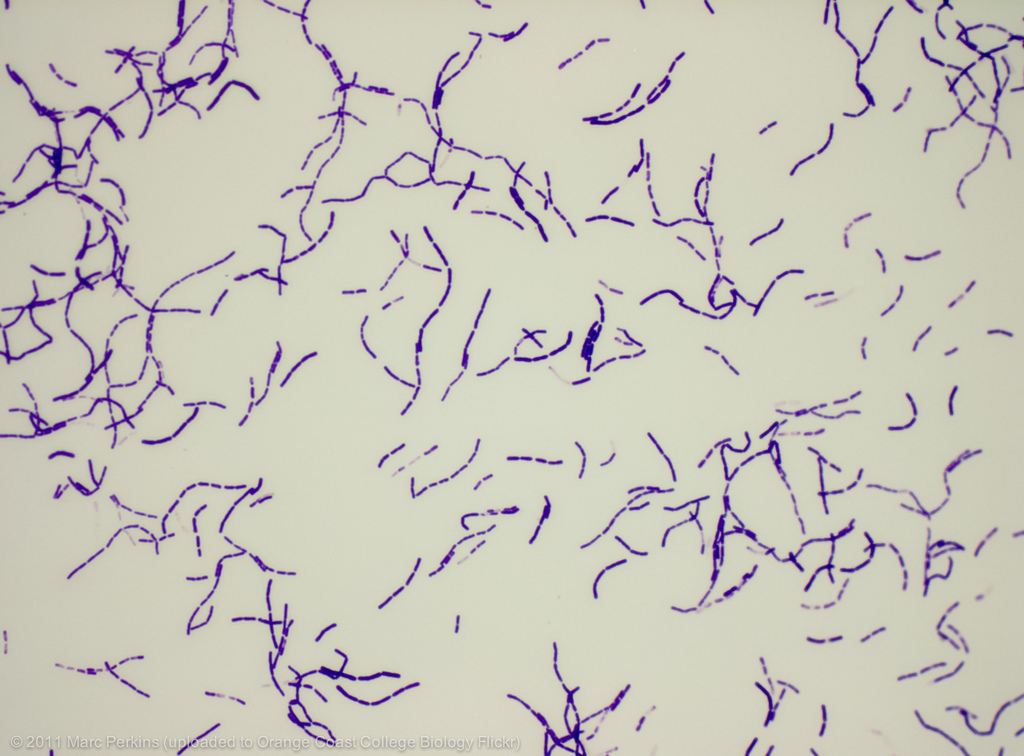
what is this bacteria?
Bacillus megaterium
what is the gram stain of Bacillus megaterium?
positive
what shape is Rhodospirillum rubrum?
spirilia
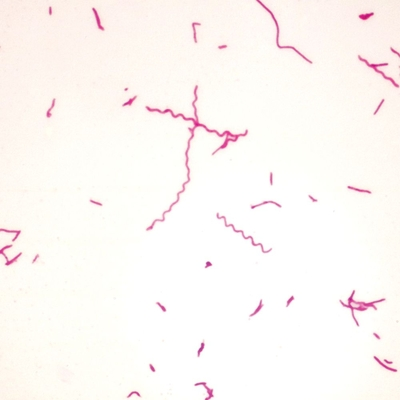
what is this bacteria?
Rhodospirillum rubrum
what is the domain, genus, and species of Rhodospirillum rubrum?
Bacteria, Rhodospirillum rubrum
what is the gram stain of Rhodospirillum rubrum?
negative
what shape is Micrococcus luteus?
cocci
what is the domain, genus, and species of Micrococcus luteus?
Bacteria, Micrococcus luteus
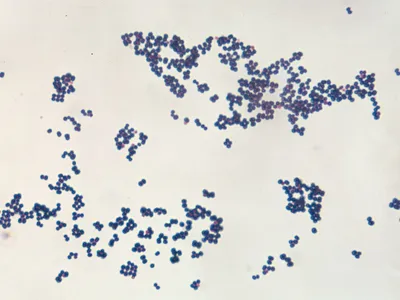
what is this bacteria?
Micrococcus luteus
what is the gram stain for Micrococcus luteus?
positive
what is the domain and genus of Physarum?
Eukarya, Physarum
what is the protist group Physarum belongs to?
slime molds

what is this protist?
Physarum
what are the important structure of Amoeba?
has cytoplasmic extensions called pseudopodia used for movement
what is the domain and genus of Amoeba?
Eukarya, Amoeba
what protist group does Amoeba belong to?
protozoa
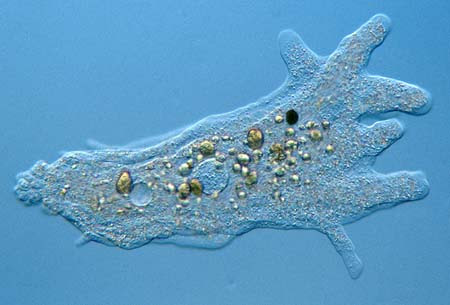
what is this protist?
Amoeba
what are the important structures of Paramecium?
they have a micronucleus and a macronucleus; they have a contractile vacuole for excess water
what is the domain and genus of Paramecium?
Eukarya, Paramecium
what protist group does Paramecium belong to?
protozoa
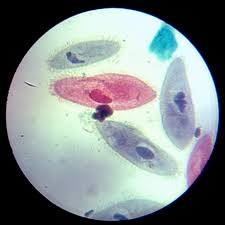
what is this protist?
Paramecium
what is the domain and genus of Euglena?
Eukarya, Euglena
what protist group does Euglena belong to?
protozoa
what are the important structures of Euglena?
has an eyespot, and a flagella
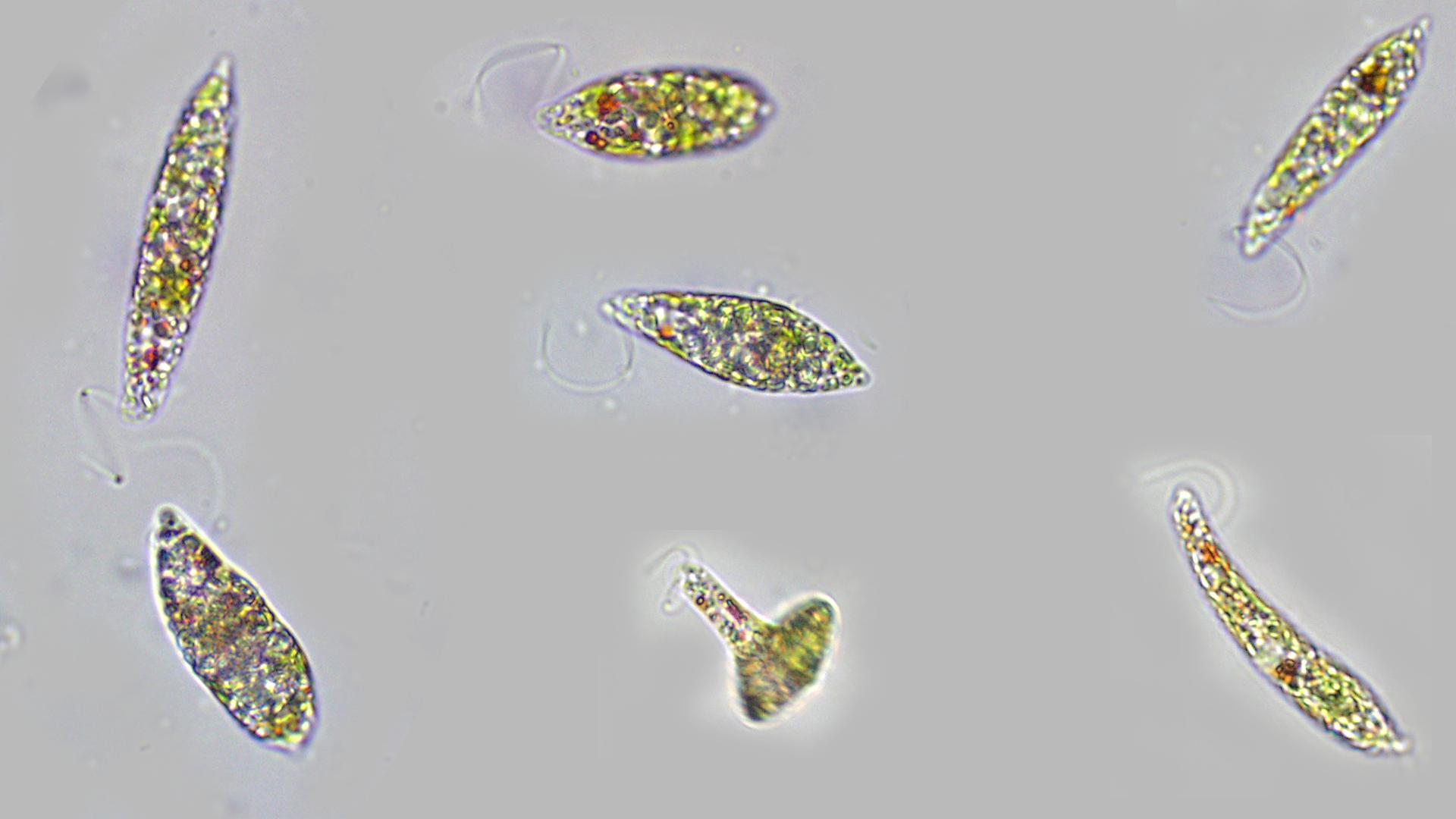
what is this protist?
Euglena
what is the domain and genus for Volvox?
Eukarya, Volvox
what is the protist group Volvox belongs to?
algae
what are important structures in Volvox?
stays in colony, and has two flagellum

what is this protist?
Volvox
what is the domain and genus of Spirogyra?
Eukarya, Spirogyra
what protist group does Spirogyra belong to?
algae
what are the important structures on Spirogyra?
contain spiral chloroplasts and fuse into a conjugation tube when opposite mating types line up

what is this protist?
Spirogyra